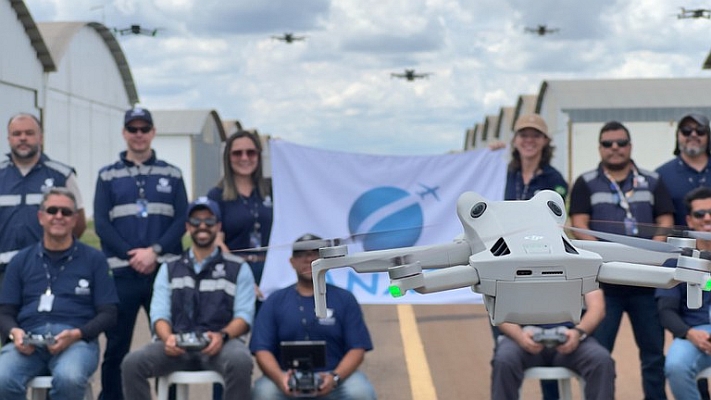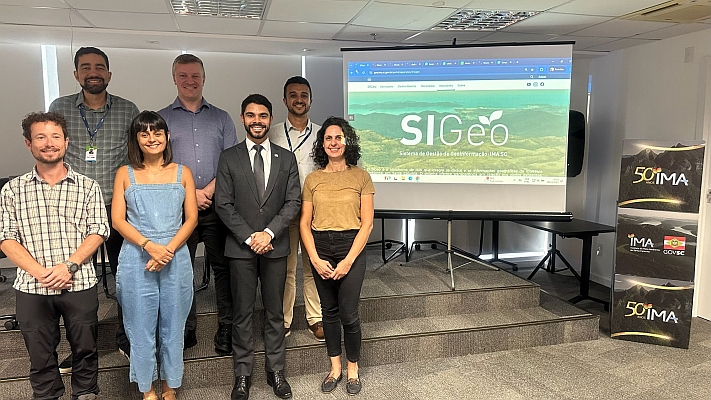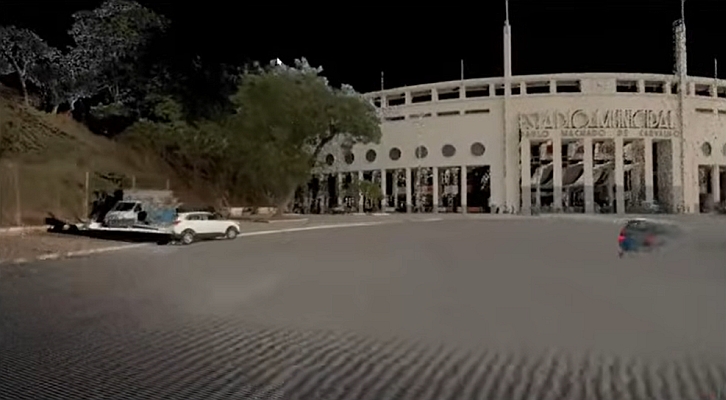ESRI is providing GIS software and services support to organizations responding to Hurricane Katrina. Similar to ESRI’s efforts in responding to other emergencies including last year’s hurricane season, government agencies and private entities can contact ESRI for on-site technical support, temporary key codes, and other assistance. This support is available to any organization, regardless of its GIS platform.
Agencies in need of GIS assistance should visit the ESRI Web site (http://www.esri.com/hurricanehelp). This Web site also contains useful information such as hurricane advisories and related information, hurricane maps and images, and maps for journalists. ESRI business partners or corporate alliances that would like to offer software, hardware, services, or imagery should contact Brenda Martinez (b_martinez@esri.com) to coordinate these efforts.
“The impact of Hurricane Katrina is devastating, destroying property and infrastructure and leaving hundreds of thousands of people displaced or without power and other necessary services,” says Jack Dangermond, president of ESRI. “Mapping and GIS are vital to emergency response and recovery. ESRI is ready to assist in these efforts. We are working hard to provide all types of GIS support for disaster response and relief agencies in their very important work.”
As part of ESRI’s commitment to disaster preparation, response, and recovery, ESRI is actively supporting local, state, and federal agencies and private organizations responding to Hurricane Katrina, including the Federal Emergency Management Agency (FEMA) and Emergency Operations Centers (EOCs) in Alabama, Louisiana, Mississippi, and other affected areas. ESRI has provided software, mapping and analysis services, technical expertise, field GIS, Web services, and more. Applications include assigning equipment, organizing and deploying personnel, evacuation planning, identifying emergency shelters, hurricane modeling and tracking, damage assessment, and infrastructure restoration.
Source: ESRI






